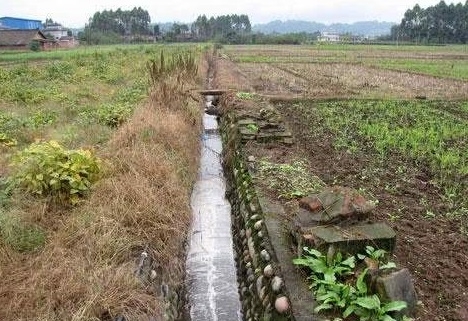Similar to the restoration of industrially contaminated sites, the environmental sustainability considerations of farmland restoration are divided into two parts. The first part is the harm to human health caused by the migration and exposure of pollutants in the soil, usually through quantitative analysis of health risk assessment. The second part is the various effects caused by the repair itself, such as resource consumption, pollutant release, waste generation, etc. At present, LCA is widely used for quantitative analysis of the secondary impact of repair. LCA is divided into midpoint index method and endpoint index method. Among them, the midpoint index method can elaborate the impact of various aspects caused by restoration, such as greenhouse gas emissions, atmospheric particulate matter emissions, water eutrophication, land acidification, etc.; and the endpoint indicator method can highly integrate various environmental impacts and classify them as Three categories of human health, ecological environment and resource consumption. The endpoint indicator method is convenient for people to make decision analysis. Therefore, the evaluation index of the LCA endpoint indicator method is introduced as a consideration factor in this analysis framework to comprehensively cover various environmental secondary impacts. At present, there have been studies that successfully combined HRA and LCA to optimize the formulation of remediation targets for contaminated sites.
Social sustainability considerations for remediation of farmland contaminated soil include remediation of workers’ and farmers’ health and safety, public participation and satisfaction, remediation validity, and remediation flexibility. A questionnaire survey of more than 200 restoration practitioners worldwide showed that reducing the health and safety risks of site restoration workers and residents in the communities around the site is considered to be the most important means of improving the sustainability of restoration. Therefore, it is necessary to consider whether the repair method can effectively prevent the release of pollutants and the safety of the repair operation. Public participation and satisfaction mainly depend on the degree of farmers’ participation and feedback on the implementation of restoration during the planning and decision-making process of restoration. Repair elasticity is a relatively new concept, mainly referring to the long-term effectiveness of repair and the sensitivity of the repair effect to changes in the external environment. Many farmland soil remediation methods reduce the bioavailability of pollutants by changing the physical and chemical properties of the soil, but cannot remove the pollutants from the soil. On the other hand, heavy metals in the soil may be activated again due to reasons such as acidification of the soil by acid rain. Therefore, it is particularly important to evaluate the remediation elasticity of contaminated farmland soil remediation.
The economic sustainability of restoration includes the cost and benefits of restoration. The life cycle cost of restoration and subsidies given to farmers for restoration of occupied farmland are the main economic sustainability considerations, and these indicators can be quantified by engineering economic methods. From a regional perspective, the impact of farmland restoration on farmers’ lives and local economic impact also need to be considered. These indicators can be reflected in local people’s living standards and local taxes.
Agricultural sustainability is an important link in the consideration of the sustainability of farmland contaminated soil remediation, and it is also the main factor that distinguishes it from the analysis of the sustainability of industrial contaminated sites. It mainly includes three aspects: soil fertility improvement, agricultural product safety and agricultural product yield increase. Soil fertility as the basic guarantee of cultivated land function can be reflected from soil pH, physical and chemical and biological indicators. Based on these indicators, the US Department of Agriculture’s Natural Resources Defense Agency has established a mature method of soil quality assessment. Although the impact of farmland contaminated soil remediation on agriculture is closely related to local socioeconomic impacts, agricultural sustainability is a larger regional scale and a longer-term consideration of farmland contaminated soil remediation.



